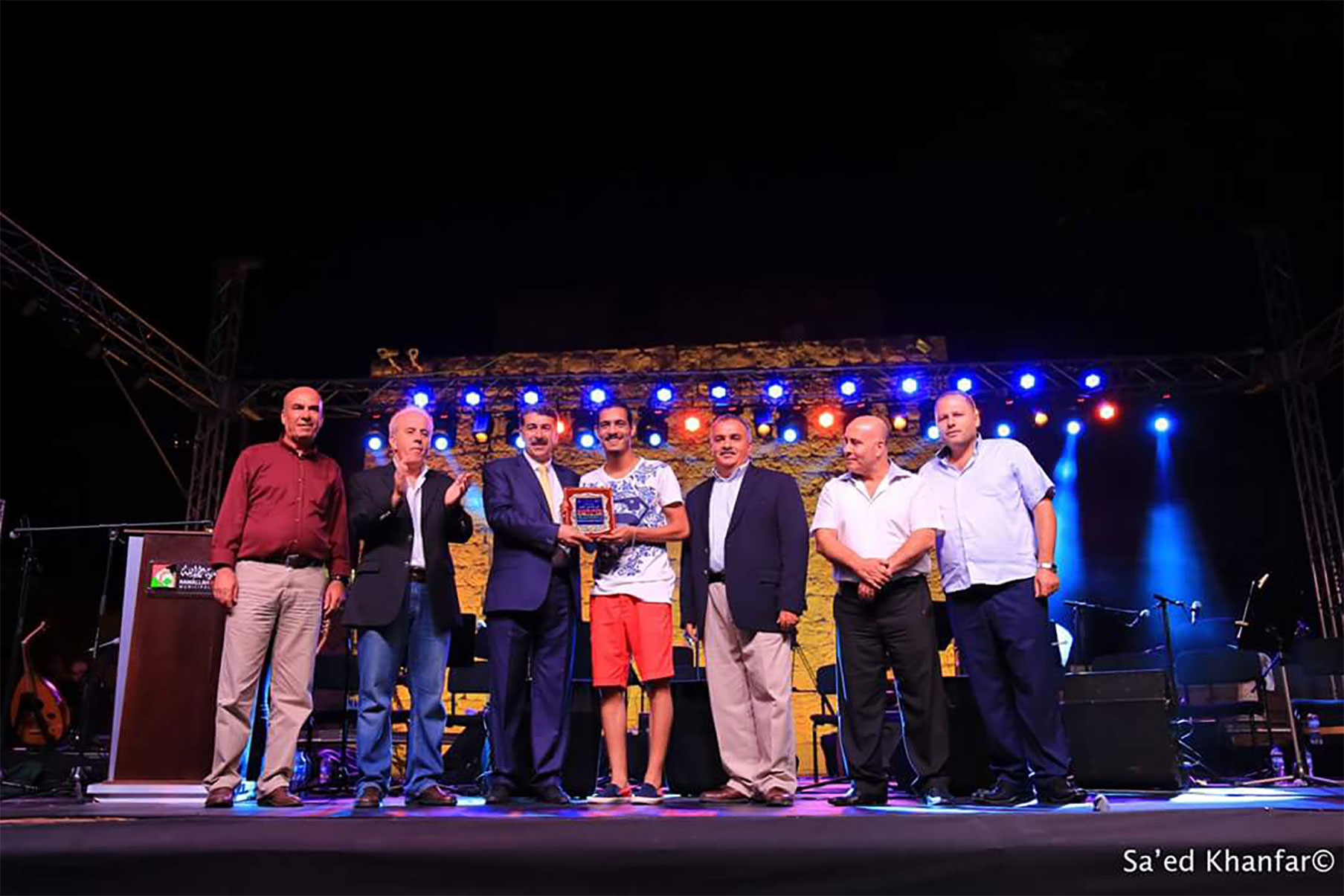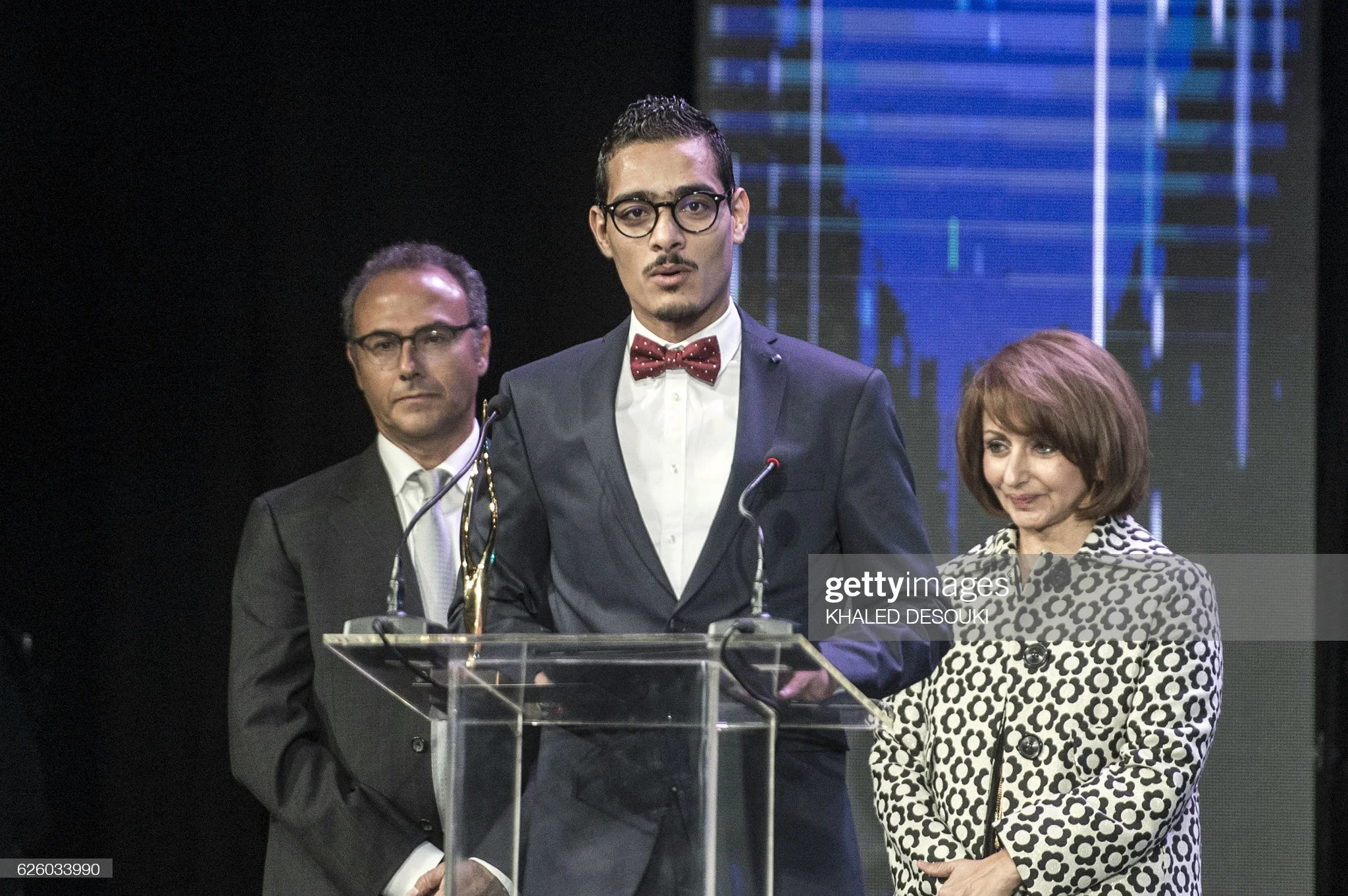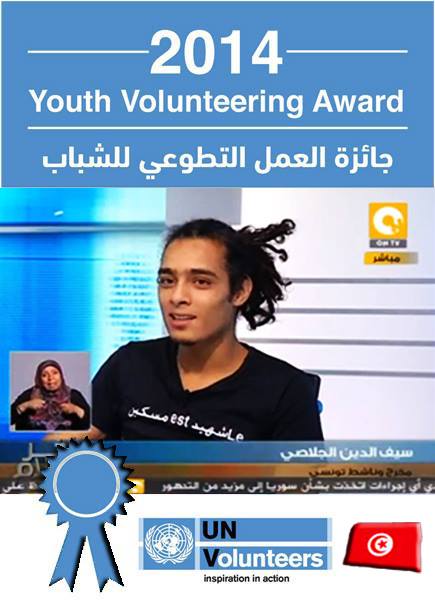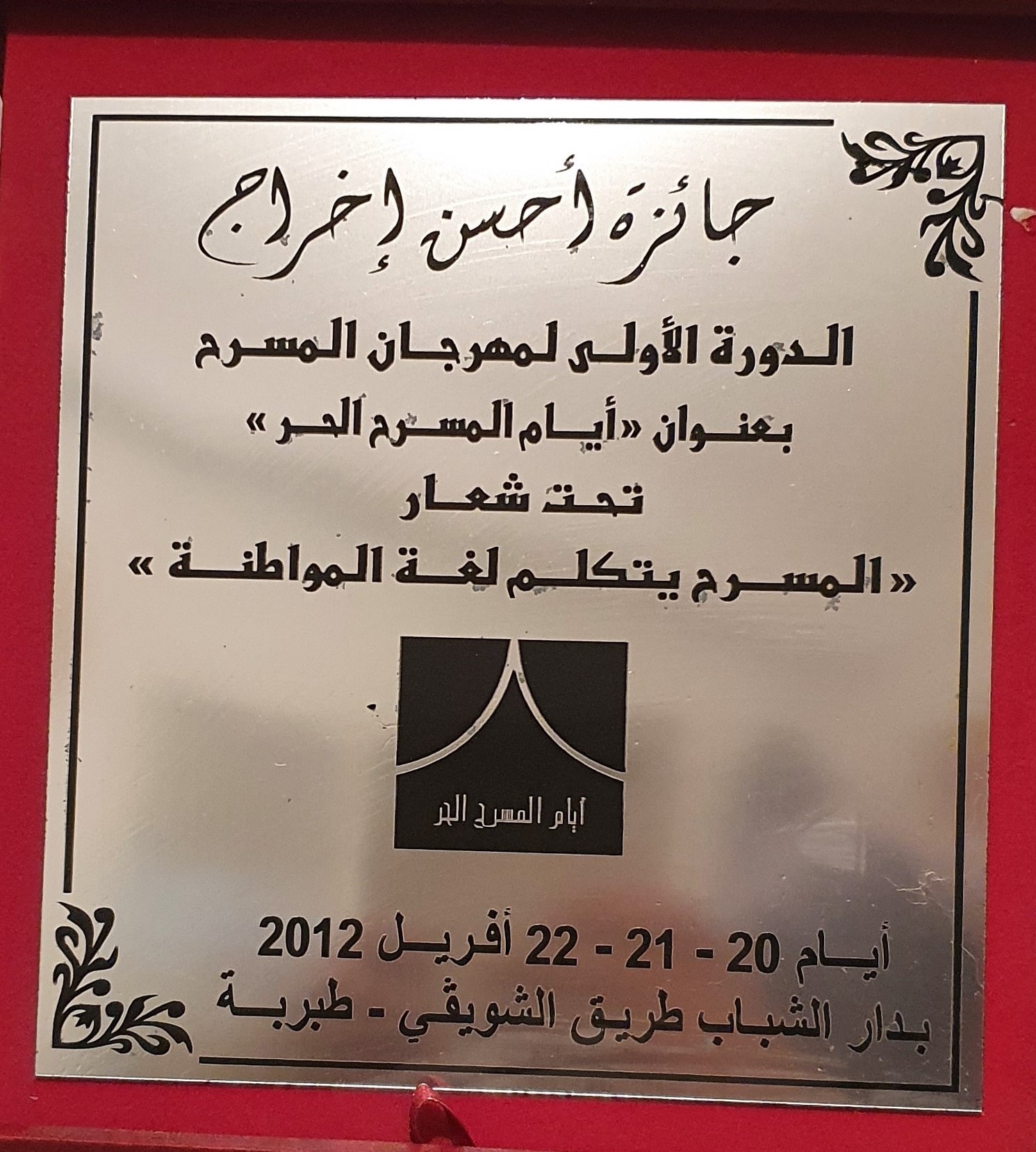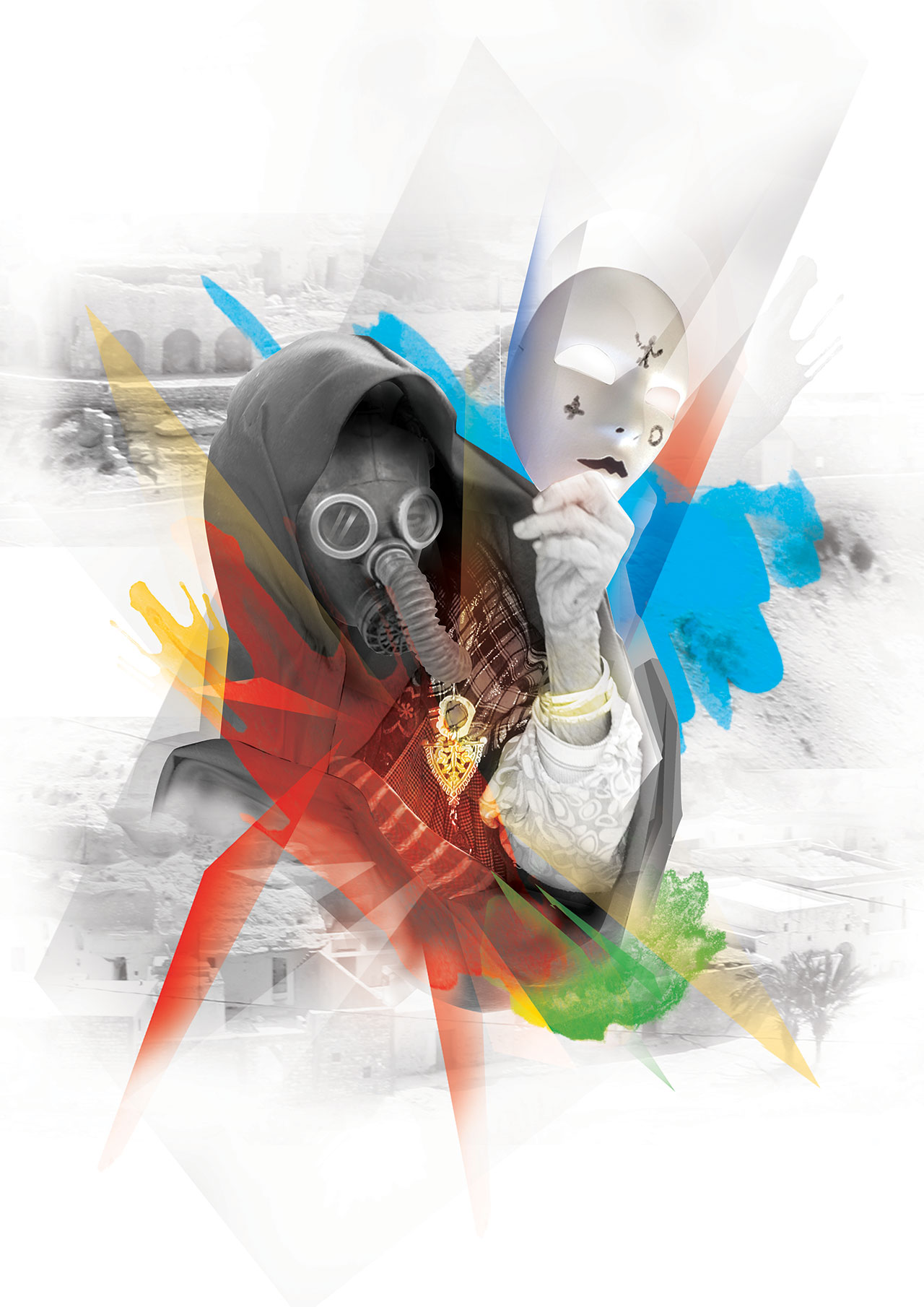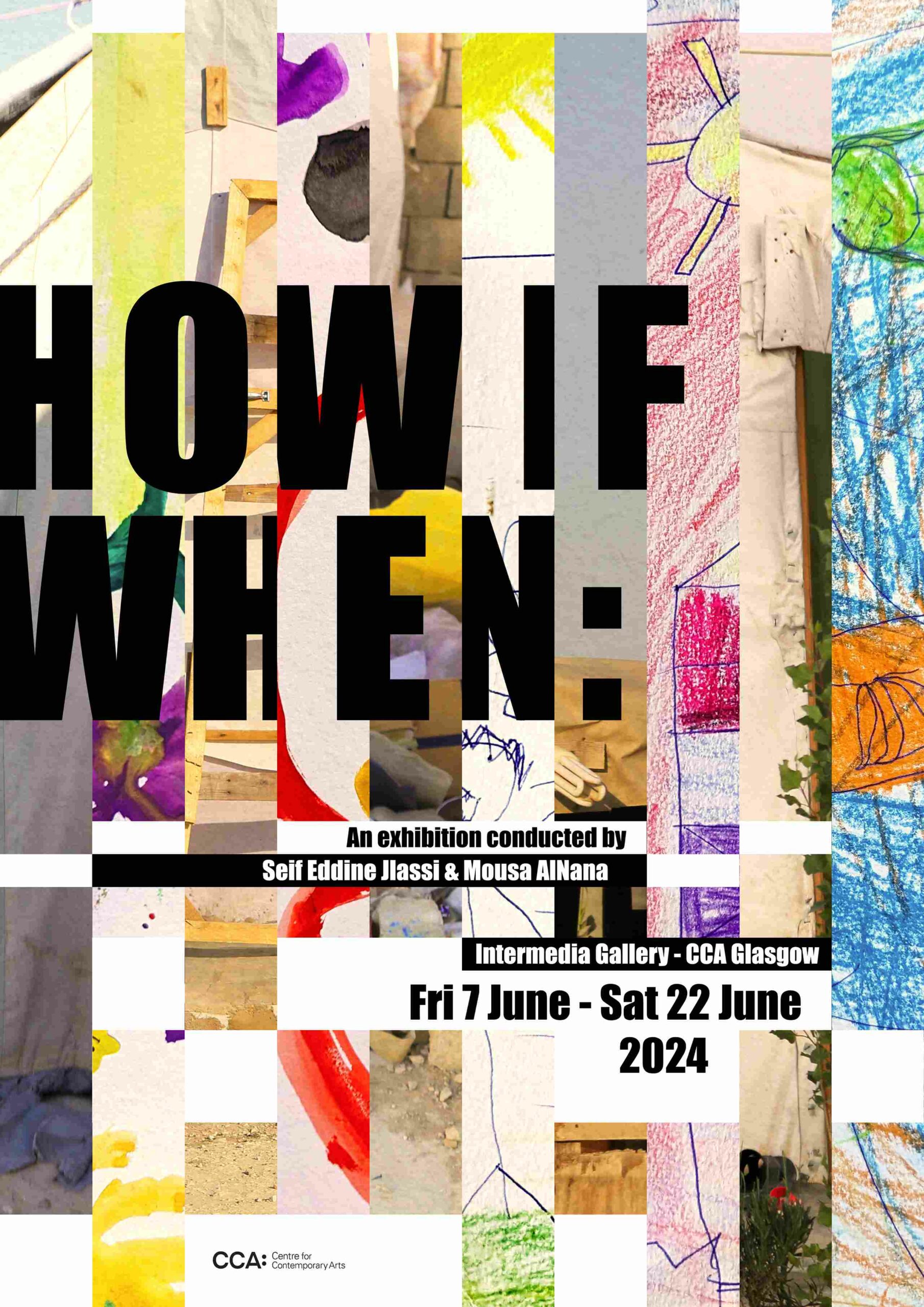Aller au contenu
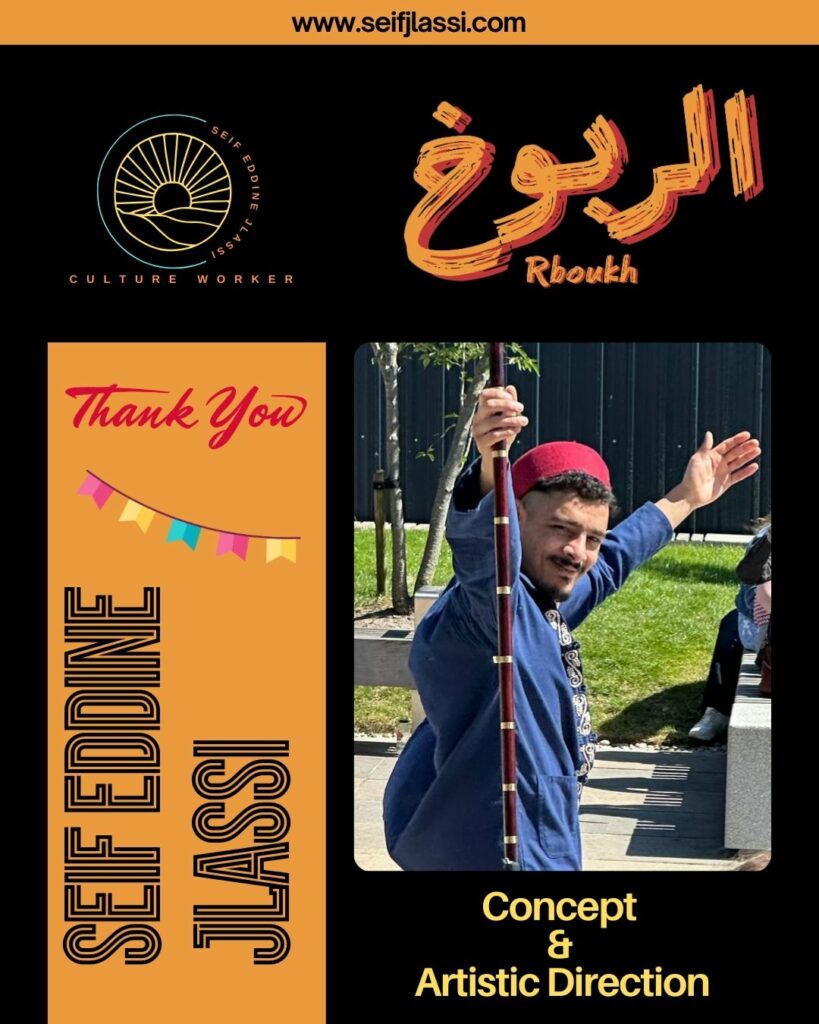

Performance number 06 : NOW ART LONDON
Rboukh: The Melody of the Margins and the Voice of Protest
In the late 19th century, from the heart of Tunisia’s popular neighborhoods and rural landscapes, the mizwed — the traditional Tunisian bagpipe — began to shape a unique form of artistic expression. This music, combining bold rhythms of the body with sounds that spoke of struggle and aspiration, came to be known as Reboukh. At its core, Reboukh is more than just a musical style; it encompasses an entire cultural experience, filled with vibrant dance and revelry set to the evocative rhythms of the mizwed.
The mizwed, with its reed pipe and resonant goat leather bag, creates a sound that is unmistakably Tunisian, one that echoes the deep social and cultural shifts of the time.
Over the years, Reboukh has become a symbol of art emerging from society’s margins, offering a powerful voice to those often unheard.
From the Margins to the Heart of the City
Reboukh found its beginnings in the narrow alleys of old towns, in the outskirts of Tunis, and the rural expanses of Tunisia. It was born in humble spaces — warehouses, ports, phosphate mines, and souks, where working-class people gave life to an art form that reflected their realities. The mizwed, once confined to these spaces, soon transcended its humble origins, finding its way into weddings, bettahi (places for traditional gatherings), and even on the rooftops of homes, which became makeshift stages for celebration and dance.
What began as an art of the periphery gradually seeped into the urban landscape of Tunis, where the rhythms of the countryside met the pulse of city life. Reboukh became the voice of marginalized communities, amplifying their struggles and dreams, making their presence felt within the heart of Tunisian society.
A Symbol of Resistance and Protest
Reboukh was never just about celebration. At its essence, it was a vehicle for resistance and a cry of protest. Its bold rhythms and daring melodies carried a multitude of meanings: social dissent against poverty and exclusion, rebellion against societal norms, and at times, expressions of love, longing, and seduction. It became an artistic protest against the elite of the city and the official cultural institutions that had long marginalized the lower classes.
In an era when cultural policies favored the music of the elite, Reboukh broke free, offering an identity that had been systematically silenced. It added a unique voice to Tunisia’s cultural landscape — one that represented those deemed “outside the system,” pushing back against a narrow definition of what was considered “acceptable” art.
Between Tradition and Innovation
Deeply rooted in the Tunisian dialect, Reboukh was made for the working class. It spoke their language, resonating with their daily lives and struggles. Its lyrics told stories of poverty, forbidden love, dreams of escape, and the quiet despair of those living on the edge of hope. Themes of nostalgia, loyalty, betrayal, and longing are woven into its fabric, making Reboukh an enduring expression of the human experience.
In the 1960s and 1970s, technological advances in music recording helped bring Reboukh to a wider audience. By the close of the 20th century, mizwed music had evolved, growing in complexity, both in its melodies and lyrics. While it embraced new influences, it retained its rebellious spirit, chronicling the stories of generations whose voices had been left out of official histories. What was once a marginalized form of music growing into a subtle but powerful form of resistance against the entrenched social and economic systems of Tunisia.
———–
Today, despite the evolution of musical styles, Reboukh remains a defining symbol of Tunisian culture. It is much more than just music; it is a celebration of resistance, a defiance against injustice, and a dance to the rhythm of both sorrow and joy.
Reboukh is an affirmation of life, a testament to the will to live in the face of adversity.
From the remote countryside to the narrow alleys of the ancient capital, Reboukh endures as an eternal symbol of Tunisia’s cultural identity. It lives on, echoing the struggles and triumphs of a people who have long fought to be heard, yesterday, today, and forever.

